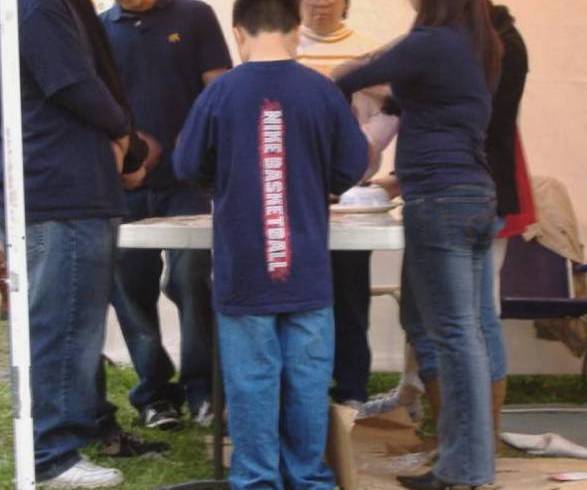Are Asian Americans at Higher Risk for Problem and Pathological Gambling?
At 18 years old, my mother took me to play bingo at a local American Indian reservation. It was a bare hall, lined with long rows of tables and filled with mostly middle aged women. My mother bought eight cards - 4 for her and 4 for me. The woman next to me had 32 cards enclosed in a perimeter of lucky trinkets. I remember thinking, "she's got a problem". The woman listened intently, then marked her cards quickly and with conviction. At several points, I lagged behind in marking my cards. My mom was no better. We were novices. The woman next to us looked annoyed. Mom explained that it was my 18th birthday and we wanted to try something new. The woman was not amused - and with the next number called, she marked her cards with lightning efficiency as I plodded through mine. She then turned and marked MY cards. This time I thought, "she's got a BIG problem".
 That was thirty years ago. Back then, gambling in California was limited to bingo halls, race tracks, card halls and covert mah jong games in backyards. People had to make the trek to Las Vegas or Lake Tahoe if they wanted to experience the "real glitz and glamor" of gambling. I rarely heard of anyone from my community, the Asian American or Pacific Islander community, having a gambling problem. Now, it's a common topic within the community - perhaps partially due to the easy access of casinos.
That was thirty years ago. Back then, gambling in California was limited to bingo halls, race tracks, card halls and covert mah jong games in backyards. People had to make the trek to Las Vegas or Lake Tahoe if they wanted to experience the "real glitz and glamor" of gambling. I rarely heard of anyone from my community, the Asian American or Pacific Islander community, having a gambling problem. Now, it's a common topic within the community - perhaps partially due to the easy access of casinos.
San Diego has the most tribal casinos of any county in California. The casinos are masters at cultural competency. They employ people who speak, understand and are efficient in networking within the various ethnic enclaves. They celebrate our holidays with us! Cook our food for us! They know exactly how to entice us and keep us engaged. PLUS, they fund community organizations who are in dire need of support - especially in these troubled economic times.
For many, this isn't a problem. It's the world of targeted marketing in a growing recreational activity. For others, it's the call of the sirens - beckoning them to come sit and fall under the spell of the machines, table games, promises of "easy" riches, and a strange comaraderie of others seeking the same. Some listen to the sirens' songs for hours while others succumb for days. Unfortunately, others surrender their lives, businesses and/or families.
My three part series on "Asian Americans and Problem Gambling" focuses on individuals and their families who have fallen victim to problem gambling. Before I started the story, I knew of many stories in my community - stories that were shared far less thirty years ago.
My journey in writing the story was emotional, not just in researching the effects on individuals and their families, but in experiencing how much gambling has invaded our communities and our businesses. I became acutely and painfully aware of how just how culturally competent gambling establishments were. They were in every part of community. I don't fault them...afterall, gambling is pervasive in many Asian cultures. It's historically part of some of our holidays, our rituals, and now - our everyday lives. But where does one draw the line between harmless fun and harmful way of life? Read the story and share your observations or experience.
Note: Photos uploaded on this site did not appear in the published story. They were thought to be a bit "risky". Thank you to the photographer, Eugene B. Lee, for permission to reprint his pictures which were taken at an LA Tet Festival after hours and in plain view of local law enforcement.


